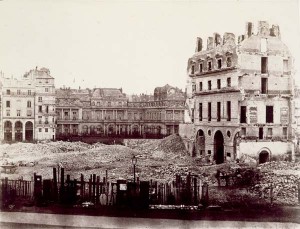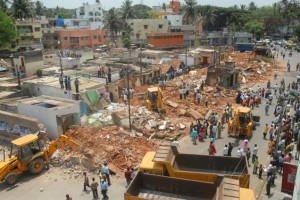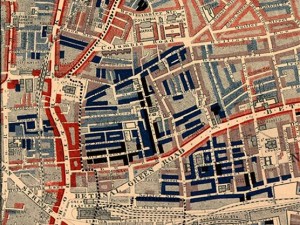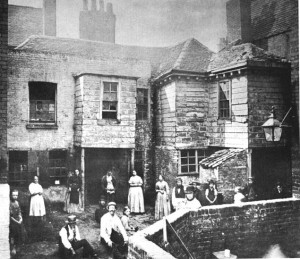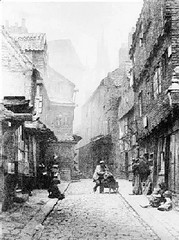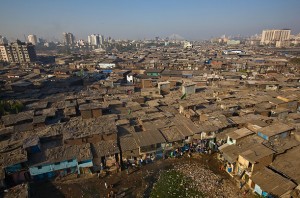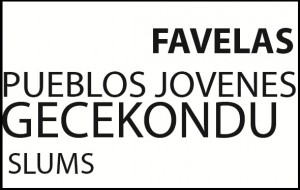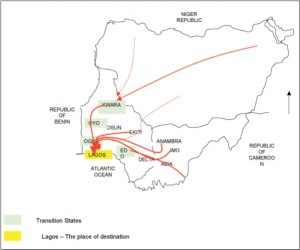Economics as Professor Muhammad Yunus has implemented it has truly bridged a path between its typical competitive capitalist association and its philanthropic capabilities. It is through this bridging process that he has learned not only the importance of his work but also different ways that others can contribute to this new initiative to solve poverty.
It was through his observations of corrupt loan practices in Dhaka, Bangladesh that he was first inspired to utilize his profession as a form of activism to solving social economic problems. Furthermore, it was through observation that it was learned how to better implement his newly created and more honest practices of providing loans. For example, it was through practice and observation that Prof. Yunus found out that his loaned money would better benefit families, as he states, “Over time we noticed something interesting. The loans that went through the women appeared to have a greater development impact on the family.” [1] This discovery would be then applied to other microcredit programs around the world.
Professor Yunus’ utilization of his loan program serves as a bridge connecting capitalism as it exists today and social business. Accommodating social businesses into capitalism allows for a “solution of many of the problems we see today.” [1] The goal of these social driven businesses are to provide assistance to many of the social and economic needs of citizens in less than favorable situations. Many of these issues deal with malnutrition, safe drinking water for rural areas, and other. In essence there needs to be a balance between the output that capitalism provides and better connecting it with entrepreneurial work. It should not be that one is limited to help society through charities of non-profit organizations because these sometimes limit the amount of work that can be done and are very specific to their utilization while private companies for example can provide more fluctuation in the way money is utilized.
Many government programs across other countries have begun to utilize this bridging method such as the Compartamos program in Mexico. However, many of these programs continue to keep interest high and as a result turn out to be the same form of corrupt money lending strategies that inspired Yunus many years ago. The goal as result needs to be clear and it needs to specify that the objective is to bring people out of poverty and help them develop a good economic standing from where they can increase their chances of socio-economic mobility.
Through these initiatives Prof. Yunus hopes to eliminate desperate practices such as those of organ trade that can really affect the mental and physical health of poor communities in Bangladesh. Of course he understands its way of providing for those in dire need and instead discourages its banishment but rather encourages its regulation. While loaning is effective one must consider the needs of families that receive these loans. Through, once again, observation it was found that most families spend quite a bit on health care and as a result don’t amount to much economic recuperation. As a result many of his economic initiatives are attached to healthcare related ones. As Yunus states,” our vision is to deliver radically affordable, sustainable and world class quality healthcare for all.
If many more professionals dedicated a portion of their fields to create a bridge between their profession and philanthropy and social funding the state of this world would change. Many times we find ourselves enveloped in our own professional world and lose sight of what surrounds us but if we utilize the passion that we have for our profession and find a way to balance it then a new more desirable world can be produced. This of course has to come from our own initiatives because this change has to come from one’s own desires and not from anyone else.
1. Dr Toh Han Chong, Interview with Professor Muhammad Yunus, SMA News, Volume 40 No. 12 December 2008
